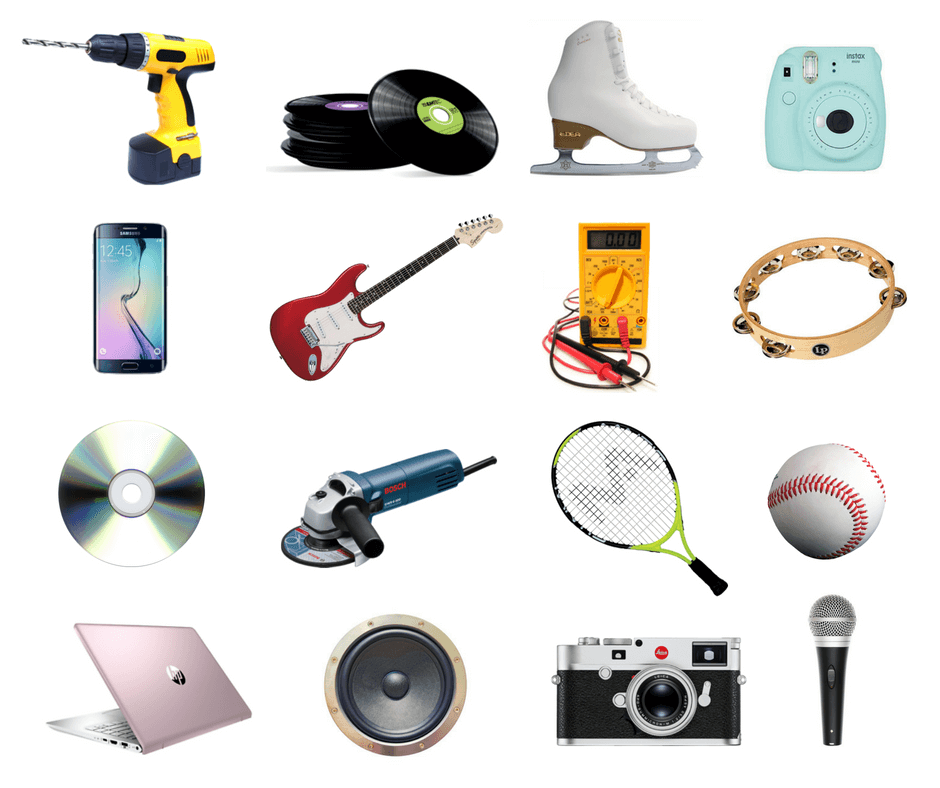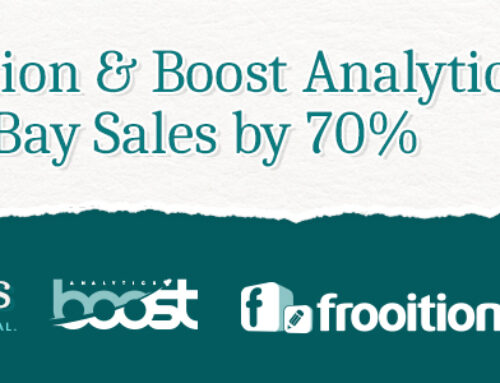
The eBay product based shopping experience was introduced earlier this year for a few selected products. It has been very successful, increasing sale speed and getting great feedback from customers. In the eBay summer release 2018 it has been announced that the product based shopping experience is expanding to include more product categories.
What is the product based shopping experience?
When a customer searches on eBay they are usually presented with a long list of results. It is then the customer’s job to refine this list using the filters provided.
Product based search results show buyers a more clearly structured results page, grouping identical items together and making it easier for customers to compare individual listings.
For items like an iPhone X or a Google home, there is no browsing for a unique version. These standard items benefit from being presented to customers as a product page which makes it quicker and easier for them to get the information they need to purchase.
Product pages group identical items together. It is important to note that products are not ranked based on price alone. Search results on eBay are presented based on many factors including:
- product condition
- delivery options
- returns options
- seller history
Listings with the catalogue listing format still include individual description areas and specification can be edited for the product condition.
Products already grouped as product based search results on eBay:
- Amazon Fire Stick
- Amazon Echo
- Apple TV
- Apple iPhones
- Apple iPads
- Dyson Pure
- Dyson AM Humidifier
- Dyson AM Cooling Fan
- Dyson AM Fan Heater
- Google Chromecast
- Google Home
- Jawbone Jambox
- Nest Thermostat
- Roku Premier/Express/1/2/3/4
Products being added to product based search results on eBay:
- Device categories such as audio equipment, appliances, power tools
- Phones
- Cameras
- DVDs
- Software
- Sporting Goods
- CDs & Records
- Electrical test equipment
- Musical Equipment
- Technical categories in Computers & Networking
These second phase categories are much broader than the initial categories, but these are still all items which are manufactured to set specifications. Customers search for them by those specifications, and the product based shopping experience will improve their shopping experience.
For customers who are searching for a particular brand and size of golf club, the product based listing results will give an instant overview of all the examples of this particular club available on eBay. From here the customer can use the filters as they usually would, but the process is sped up by the product page giving a clear overview and reducing the number of clicks for the customer.
Improving the shopping experience for customers will only increase sales and so is good news for sellers in categories included.
Starting in August 2018, sellers in the US, UK, Canada (English), and Australia will be able to start matching their listings to the eBay catalogue. Sellers in included categories can also suggest new products for the eBay catalogue, as well as improvements to existing entries.
From September 2018, if you’re selling in these categories, you won’t be able to publish new or revised listings without matching them to the eBay catalogue.
Listings within the included product lines that are not matched to the eBay catalogue may have reduced or no visibility to buyers, so early adopters will have an advantage over other sellers in the same category.
Sellers who already have live listings in the included categories will need to add the eBay product identifier information to listings and add them to the relevant eBay product page.
Frooition has developed a new product adoption tool to assist sellers in transitioning to the product based experience. Frooition software will alert you to any listings you have which are in a product based experience category that need updating. The software then offers you the eBay catalogue product identifier information. You simply select “update listing” and the work is done.






